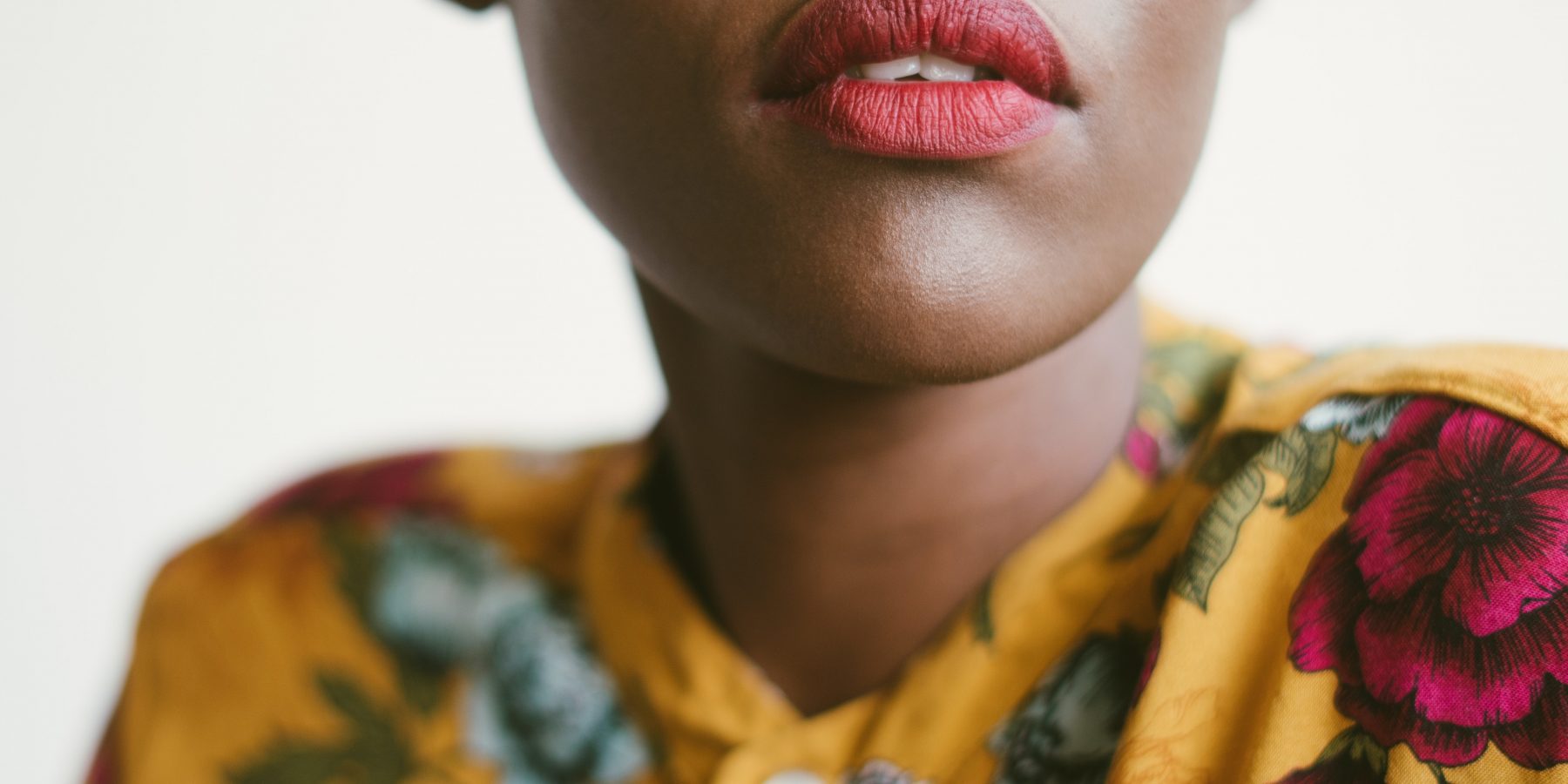Tips on Picking the Right Shade for Dark Skin Tones

There’s an abundance of advice on the internet about picking your shade and making sure it matches your skin tone. But a lot of online resources offer advice that isn’t applicable for everyone. What about darker skin tones, and more specifically, makeup that matches darker skin tones?
This is a broad topic, one we don’t have enough time to cover entirely. So, you may have to reach out to a beauty professional for more advice. However, we can give a great start by beginning with the basics. Keep reading to learn how to find your foundation shade, if you’re a person with dark skin.
Picking your shade is important—if you’re interested in foundation, concealer, highlighter, contouring, and finishing powder, since all of these products start with knowledge of the same thing: your shade.
Ready for your next beauty or wellness service? From massages to facials, we’ve got you covered. Book your next appointment in just a few taps

Table of Contents
Picking your shade at home
1. Know your undertone.
If you’ve already scoured the internet for advice, you’ve probably read about undertones. Undertones describe the color “under”-neath your skin “tone” that affects how it looks overall. They can be warm (red colors), cool (blue colors), or neutral.
Beauty products designed for your face are formulated with undertones in mind, which means knowing yours will affect results. So, how do you find your undertone?
The standard advice is to look at the veins in your wrist. Blue or green veins, for instance, suggest a cool undertone, while yellowish veins note a warm one. However, veins aren’t that clear to see on dark skin.
Another common tip is to notice what jewelry looks best against your skin, since the colors of the metal reflect your undertone. If you look great in silver, you probably have cool undertones, while people with warm undertones tend to look better in gold. If you own a lot of jewelry, this could be the trick.
But, if you can’t see your veins and don’t wear jewelry, like me, the challenge to find undertones looms onward. So, I took a picture of myself in front of a white wall and used an online shade match tool to compare results.
It worked.
I have red undertones, so my skin gives off a reddish hue when I take pictures against a muted background. Additionally, guided quizzes usually have enough questions to help with deducing your undertone without needing accessories. While not the most accurate, you can start to get a basic understanding of your shade range and undertones.
Thankfully, when I chose my first foundation, the combination of skin quizzes and taking pictures helped me with picking my shade.
2. Pick your “go-to product.
When I wanted to buy more foundation to match my changing skin, I thought that meant starting back at square one. But the truth is that makeup companies name their shades similarly. So, if you pick up on patterns, you can narrow down options.
For instance, I’ve noticed my shade usually stays in the “40s.” For one brand, my shade is “Deep 42.” For another, “420”. So, I can guess that companies making foundation for red undertones with my skin color are most likely going to be labeled this way.
If you’re still unclear, make sure that you look for a shade match tool on the website you’re using, or read product descriptions (they usually include undertone information).
Keep applying these same steps every time you purchase foundation in the future. And remember that it’s easy to build upon your knowledge base over time.

3. Watch out for finish and coverage.
It’s common to buy makeup based on formula. This is when you want to look for coverage and finish. Basically, coverage is how heavy you want the foundation to be and finish is how you want it to appear.
Let’s break that down a bit more.
Coverage can range from light to heavy. If you wear light coverage foundation, like Glossier, you most likely are going for the “no makeup” makeup look. Inversely, heavier makeup coverage will be more visible.
Finish, on the other hand, is about just that. It can range from dewey, which is formulated with hydration or matte, which is smooth. It’s common that those with oiler skin go for a matte finish, while those with drier skin prefer dewey.
So, let’s say you want a foundation that’s comfortable for every day, still covers what you want, and makes combination skin look balanced. This means you probably should go for a medium coverage product with a matte finish.
I look for foundation that covers everything, feels comfortable, and finishes smoothly to combat my oily skin. For this, I use Fenty’s matte foundation, which I love.
Knowing what you’re shopping for based on finish and coverage can help you determine what brands and types to look for.
4. Take note of oxidation.
So you’ve picked your color and it matches—great! But, have you ever noticed that after just a few hours, foundation starts to change color?
What’s going on is that some ingredients (oxides) are reacting to your skin, depending on its pH levels. An ingredient like SPF, an oxide, causes the skin to change colors depending on the chemical roadmap of your skin. It’s natural, but something you can combat by selecting other cosmetic products.
The most common fixes are using setting spray or powder. They are usually considered last steps in a makeup routine and can be thought of as a “shield” to help makeup stay in place. When you have darker skin, it can be difficult to find a powder that doesn’t leave you an overcast, so look for ones that are translucent.
So, now you know a bit more about picking your shade from home. Which foundation are you looking for?






